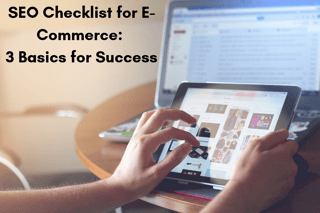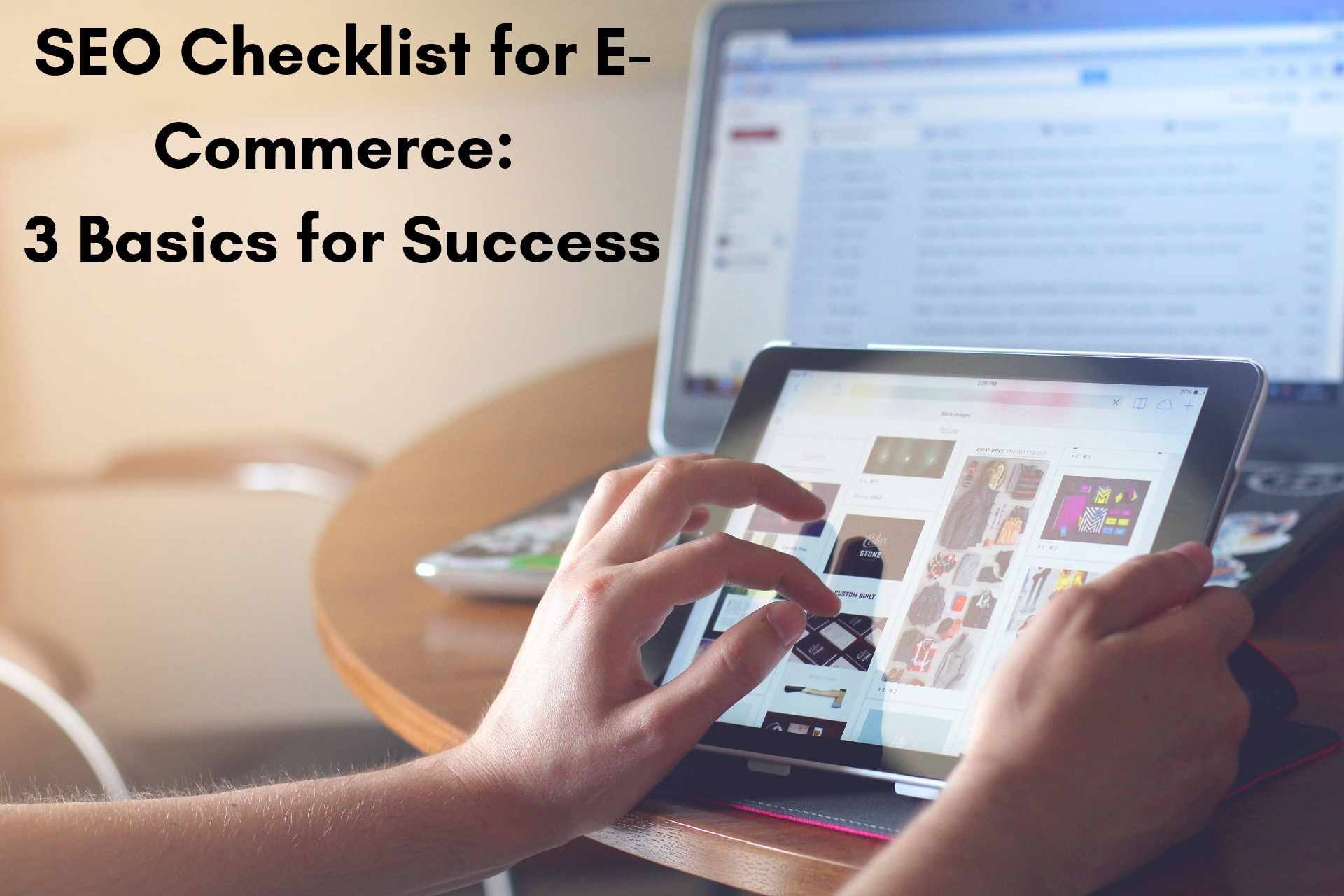
Let’s get real - creating and managing a sound SEO strategy can get complicated. There are a variety of factors at play, and with things constantly changing, what worked well once upon a time might not work so well anymore. How often your product pages appear in the Search Engine Result Pages (SERPs) can really affect the amount of organic traffic you see in your eCommerce store. Without traffic, you don’t have customers, and the more traffic you have, the more potential customers you get.
While every marketer approaches SEO a little bit differently, there are definitely some best practices you can apply to help your eCommerce storefront gain some traction.
Basic Checklist for eCommerce SEO
This list is by no means inclusive of all the things you could be doing SEO-wise, but it’s a great start:
- Create a keyword strategy
- Establish logical, relevant URL structures and enticing, unique metadata
- Optimize your product pages
Keyword Research
Keyword research is a fundamental piece of your marketing game. It’s important to know what terms users are using to find something and what target keywords you want to use to optimize your product pages. Don’t go overboard though - it’s easy to get overwhelmed or caught up in research.
Personally, I love SEMRush for eCommerce keyword research and use other resources like Amazon, Wikipedia, and the “Searches Related” section in the Google SERPs to supplement it. When you’re deciding on your keyword strategy, remember to keep the following in mind:
- Pick out keywords with a good amount of monthly searches and low to medium competition.
- Do competitor research - look at what your competition is doing and see if there’s anything you can do better.
- Focus on user intent.
- Things change over time - don’t be afraid to review your keyword strategy and re-assess if you find you’re not getting the results you’d like to see in a few months.
Metadata and URLs
URL structure is another important factor SEO-wise. Once you have your keyword strategy in place, you can use it to guide your URL structure. Users and search engines should be able to figure out what’s on the page based on the URL. Keep the URLs short and if you have to separate words, use hyphens and avoid underscores, spaces, and any other character you might use as a spacing mechanism. Moz has a great cheat sheet on SEO best practices for URLs. For an eCommerce website, site structure should make sense for the user. For example, it should flow from category, sub-category, and then to the individual product. Take a look at some large brands like Nike for inspiration and guidance on how to execute this properly.
As for metadata (page titles and descriptions), you’ll want to make sure all of your pages have their own respective set. Page titles are probably only second to content in terms of SEO importance. Make sure to include a keyword or two and tailor the page title for both users and search engines. Writing an SEO- friendly page title can be difficult, but Neil Patel breaks it down beautifully on his blog. Descriptions are also important to have. They aren’t technically a Google ranking factor, however, they play a vital role in attracting a user to your page. These are usually the first things users see, so be sure to put effort into crafting ones that entice users to click on the link. I use SEOmofo’s SERP Snippet Optimization Tool to preview how page titles and descriptions will appear in Google.
Optimize Product Pages
Your product pages need to be optimized for both SEO and usability. Each product needs to have a description. Whatever you do, don’t just copy the description straight from the manufacturer. You want them to be long and unique to the page. This also helps to avoid duplicate content, which is a common issue among eCommerce sites. Keywords should be strategically placed in the header and on-page product description, but be careful not to keyword stuff.
Start with awesome photos of your products! After all, they’re worth a thousand words. Photos should also have alt-text. Alt-text is a standard for accessibility and a great opportunity to show up in image results. Okay, so this is where it gets slightly technical. Photos need to be saved in the correct format and dimensions to ensure they show up nicely on the page as well as load quickly. Users are going to go elsewhere if it takes too much time for your site to load.
Structured data, or schema is also another useful tactic - implementing them properly can help boost your SEO. These help Google’s search engine better understand what the page is all about. There are a ton of options out there for schema. For example, you could include one for the organization in the header of your website and then individual product schema for product pages.
Last but not least, don’t forget to include a space where your users can interact with you. Reviews are helpful from the user perspective. The majority of users utilize reviews as part of their decision-making process. They also keep your page updated and fresh with unique content for search engines. You can also use a product review schema on pages with reviews. These give you the opportunity to nab a highly coveted rich snippet spot in the Google SERPs.
SEO takes time. Period. While there are some wonderful tools out there you can and should use, it’s important to prioritize tasks, especially if you’re doing it all by yourself. Use this list as a foundation for your SEO initiatives and when in doubt, focus on what’s best for the user. More often than not, this will keep you on the right path with your store trending upwards in the SERPs.


